Distribution transformers are essential in transforming and distributing electricity. They ensure that power from plants securely reaches homes, companies, and industries, enabling efficient power delivery. They reduce high transmission voltage to usable, lower levels, which match the needs of end consumers. Their functions, such as boxing, identifying, and so on, allow us to understand the distribution transformers fully. These processes direct the transformers' electrons precisely. They guide electrons to the correct location. Electrons move with the right momentum and at the right time. This guidance prevents potential explosions.
A distribution transformer is an electrical equipment that converts voltage magnitudes. It lowers high voltage from the primary distribution network and produces a stable, lower voltage for secondary distribution. This lower voltage supports residential, commercial, and industrial use. These transformers are crucial in urban areas where high demand and space constraints limit the availability of large substations.
A distribution transformer's efficiency requires careful design. It must use high-quality materials. It should meet the exact voltage transformation requirements. This precision ensures an effective relay of voltage. Different ones come in various shapes and sizes, depending on the distribution circuits for which they are responsible.
Different types of distribution transformers are designed to suit various applications and locations. Below are the most common types.
Dry-type distribution transformers designed without any liquid insulation are suitable for indoor applications. Organizations often employ them in areas where safety, fire prevention, and environmental issues are the main priorities. These transformers are very useful in city areas, where space and environmental restrictions are often problems. The algorithms running this technology are liquid-based, reducing the chances of pollution. Their use is eco-friendly. Overheating is one of the principal problems encountered during welding operations. People mainly add liquid chemicals and coolants that can leak. Modified versions can use gas instead of liquid, making such devices more eco-friendly.
Transformers on pole mounts are widely found on utility poles placed at residential sites. These transformers convert high voltage from overhead power lines to low voltage suitable for homes and light industrial use. Placing them on poles ensures they do not occupy additional space on the landscape below. Therefore, they are the best choice at locations where limited space is a constraint or urban congestion is a challenge.
Pad-mount transformers are placed on concrete pads commonly seen in residential or commercial locations. They have secure, temperature-resistant housing, a compact and safe solution for areas with underground electrical distribution. Pad-mount transformers work well in underground distribution networks in urban areas where safety and aesthetics are essential.
When choosing a distribution transformer, it is necessary to learn its ratings and specifications. These nuances define the transformer's capability to endure demanding operating conditions while running efficiently.
The actual role of a distribution transformer is to convert high voltage to low voltage. The primary distribution voltage typically ranges from 11kV to 33kV. The secondary voltage reduces to levels like 240V or 120V. These levels vary by region. The transformer's voltage rating shows its maximum handling voltage. This applies to both input and output terminals.
The kilovolt-amperes (KVA) rating indicates a transformer's load capability. A typical transformer ranges from a few hundred KVA to 5000 KVA. Larger units serve more demanding applications. The KVA rating matches the power needs of the distribution network, ensuring successful power distribution.
Single-phase transformers have one set of windings on the primary and secondary sides. People often use them in residential areas. Smaller loads with lower power requirements use single-phase transformers. Three-phase transformers, however, are standard in commercial applications and serve industrial needs with higher power demands. They have three sets of windings, which makes the power more stable. This allows larger equipment and facilities to function correctly.
A tap changer allows the transformer's output voltage to be slightly changed. This element is crucial for accurately controlling voltage and keeping the transformer within its ideal range. It also ensures proper function when the input voltage fluctuates. This feature's main task is to keep power delivery uninterrupted in industrial settings.
When selecting a distribution transformer, you must consider the operational conditions it will experience. These situations differ according to the power distribution system's location, load requirements, and nature.
Utility companies widely use pole-mount transformers with above-ground power cables in rural and suburban areas. The equipment operates effectively in outdoor environments and withstands fluctuations and stresses of high-voltage distribution.
Pad-mount transformers provide a safe solution in urban areas. Utility companies prefer these transformers in commercial zones with underground power lines. They are placed on concrete pads and enclosed in a protective housing that prevents unauthorized access.
Heavy industrial settings usually use three-phase transformers because they can handle larger loads. These transformers guarantee steady power delivery, essential for smooth operation and minimizing downtime during production.
Proper dimensioning of a distribution transformer to satisfy the application requirements is a significant efficiency improvement measure. Proper transformer selection lowers energy losses and increases the equipment's service life. Ultimately, it helps ensure smooth electric power transfer. This benefit extends through the entire system. Multiple factors play a role in achieving maximum efficiency.
Transferring the rated capacity is very important. Overloading the electricity transformer may cause overheating, reducing its value. Underloading may result in inefficiencies and extra expenses.
Develop adequate ventilation in dry-type transformers and routinely check for sufficient airflow circulation. This will help prevent transformer overheating and allow transformers to continue functioning correctly.
Systematic inspections, testing, and repairs of transformers are necessary. They help detect potential problems early, allowing for resolution before issues become significant. Over time, a transformer's oil may damage it. This applies to oil-cooled transformers. Solar systems may damage dry-type transformers. You can fix these issues by ensuring oil or solar systems work correctly.
The specifications of transformers show how they utilize voltage transformation in the power system. Transformers are used in all domestic and industrial fittings, including single-phase transformers for homes. They also include industrial transformers of 5000 KVA for large-scale purposes. A transformer's job impacts safety, efficiency, and lifespan. Different types of transformers exist. Dry-type transformers suit indoor environments. Overhead distribution systems use pole-mount transformers. It is essential to give appropriate ratings and safeguard against operational conditions for reliability. The transformers transform at voltage levels to ensure proper function.
eINDUSTRIFY provides high-quality distribution transformers to ensure your business receives reliable, efficient, and durable solutions tailored to your energy needs. We commit to delivering top-tier products and expert support. We also offer competitive pricing. This approach helps optimize your power distribution systems and ensures your business's long-term success. Choose eINDUSTRIFY to benefit from industry-leading expertise and innovative solutions that power your operations with confidence. Make the intelligent choice and partner with us today! Please email info@eindustrify.com or call +1 888 774 7632 to register for access to a premium global marketplace.
1. What is a distribution transformer, and why is it important?
A distribution transformer is a device that lowers high-voltage electricity from power lines, reducing voltage for homes and businesses. Its primary function is to deliver safe and efficient end-user power through different applications.
2. What do kVA ratings on a distribution transformer mean?
The kVA (kilovolt-ampere) rating describes the maximum power the transformer can handle. It is crucial to choose a transformer with a rating that matches the peak load requirements.
3. How do I choose a suitable voltage rating for a distribution transformer?
The voltage rating must equal the input power from the source and match the required output for the end-user application. The correct voltage will ensure proper operation and avoid equipment damage.
4. What are the key specifications when selecting a distribution transformer?
Specifications are necessary for selecting a transformer. They include kVA rating and voltage. Impedance is also a key factor. Consider whether it is single-phase or three-phase. The cooling type is also essential. Choose between oil-cooled or dry-type transformers.
5. What is the difference between oil-filled and dry-type distribution transformers?
Oil-filled transformers use oil for insulation and cooling. They excel in outdoor and high-capacity applications. Examples include hydroelectric power plants. Dry-type transformers use air for cooling. They typically serve indoor applications. These transformers minimize fire hazards in sensitive areas.
Tags: Distribution Transformer Dry Type Voltage Transformation Overhead Distribution Single Phase Transformer Primary Distribution Electric Power Primary And Secondary Tap Changer 5000 Kva Circuit Power Distribution Phase Transformers
RECENT POSTS:

Essential Power Transmission Accessories for Industries
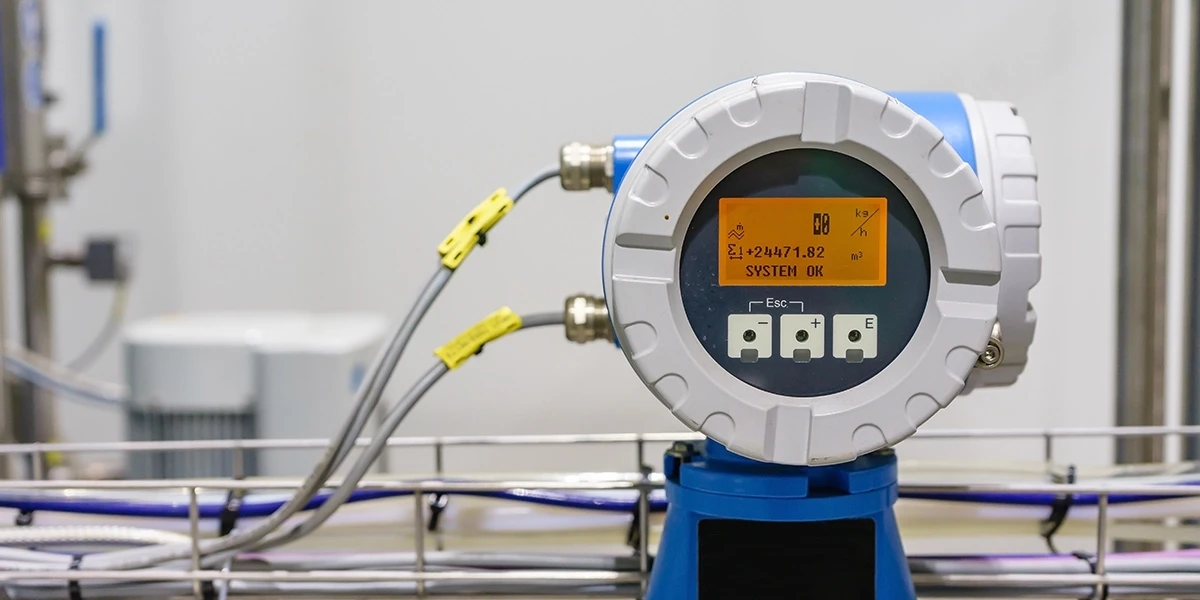
Best Industrial Sensors for Automation
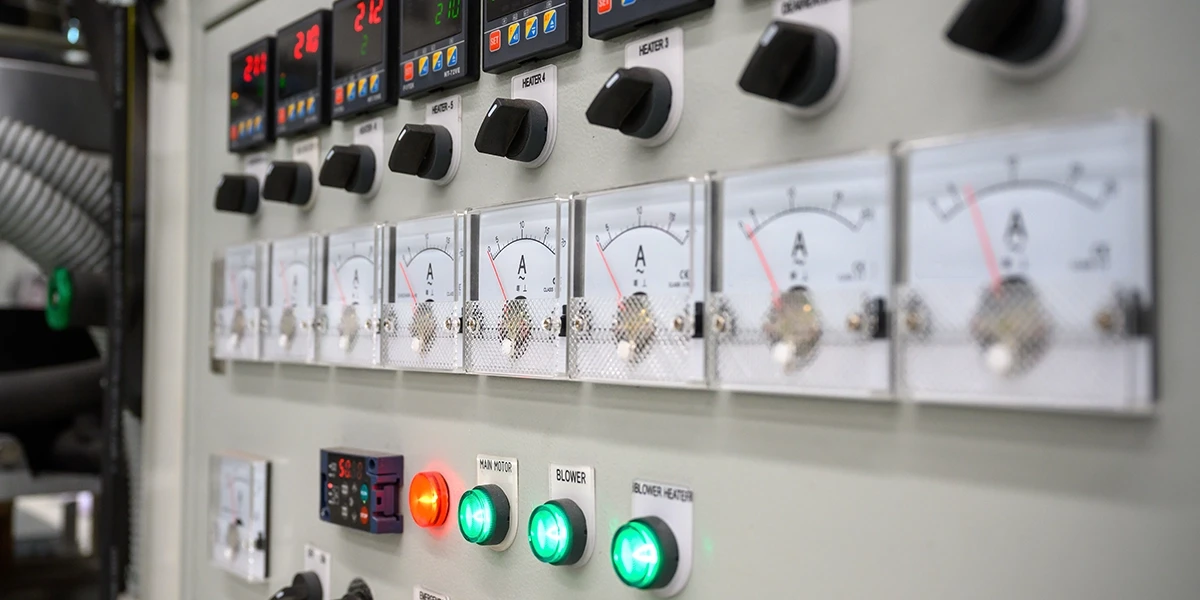
Uses of Industrial Control Equipment

Top Bearings and Power Transmission Solutions
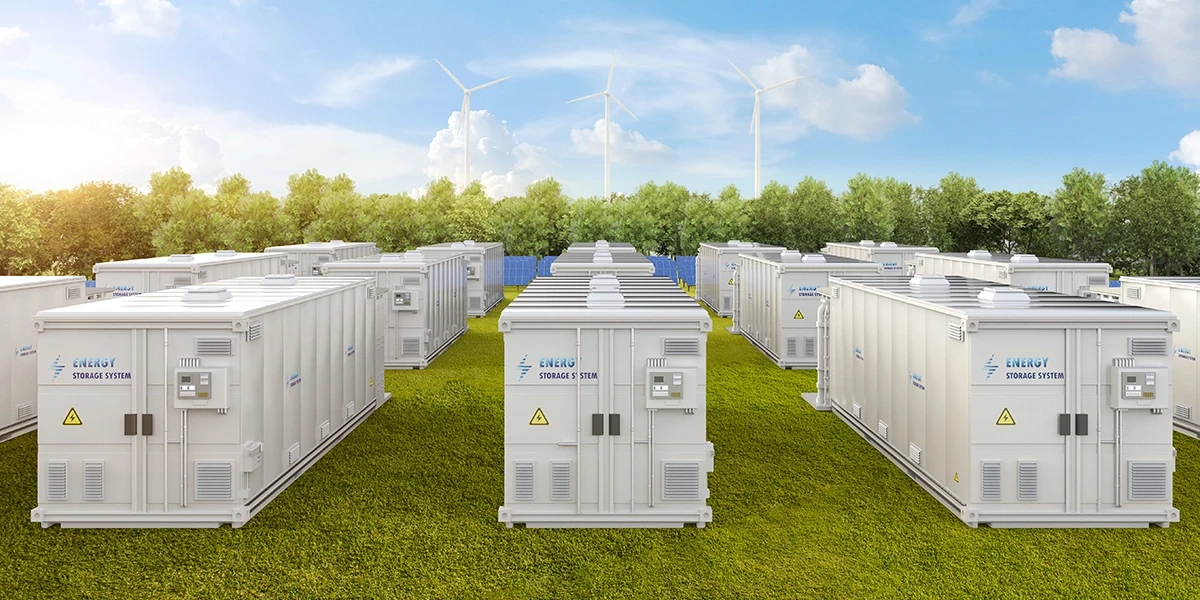
Buy Battery Energy Storage Systems Now
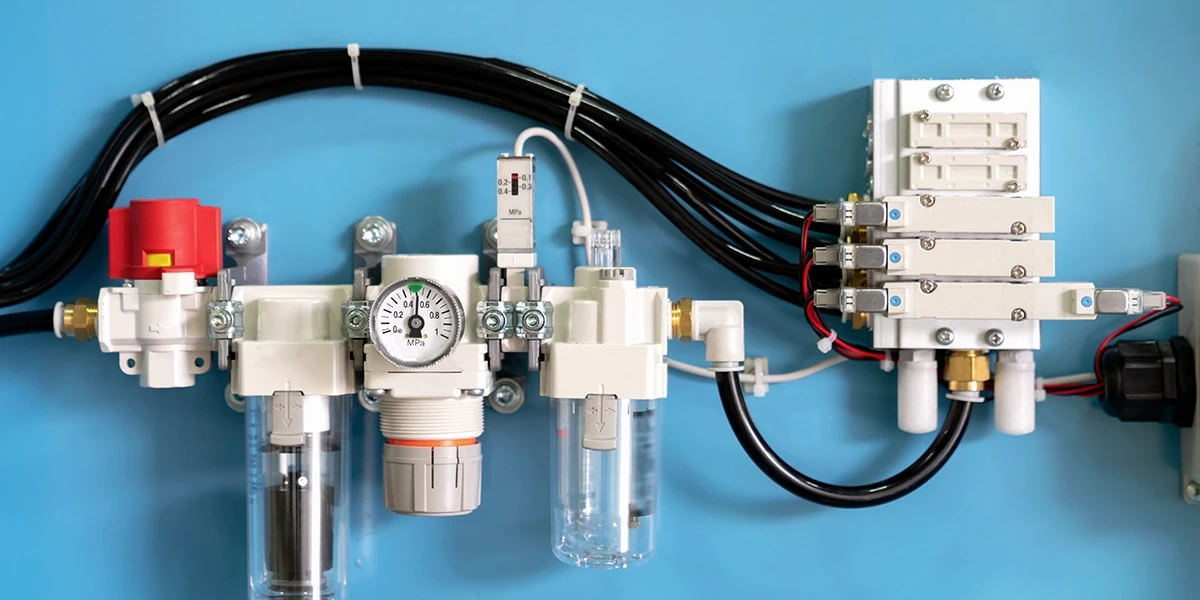
Benefits of Pneumatic Systems Today

Durable Air Regulator Valve for Heavy-Duty Industrial Use
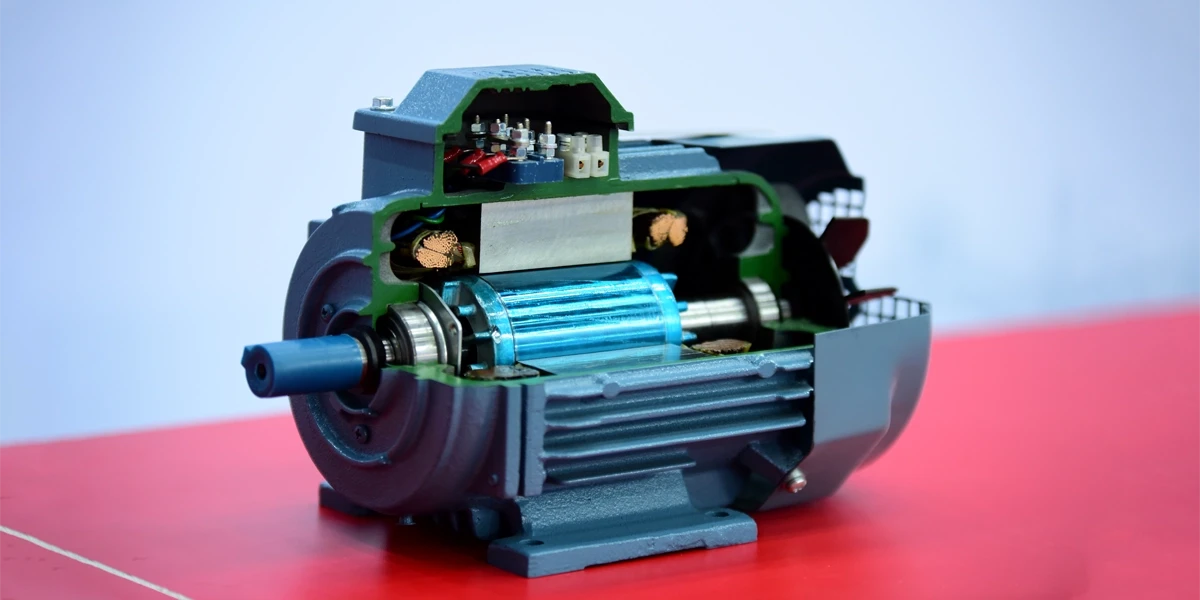
Power Motors Drive Today’s Industries